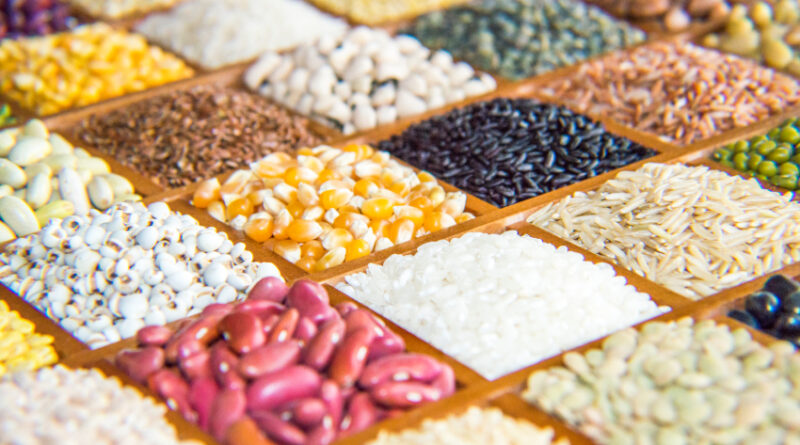FAO: Global food prices hold steady
By Arvin Donley
The benchmark for global food commodity prices, including cereal (grain) prices, remained relatively stable in May, dropping 0.8%, according to a report from the Food and Agriculture Organization (FAO) of the United Nations, released on June 6.
The FAO Food Price Index (FPI), which tracks monthly changes in the international prices of a set of globally traded food commodities, averaged 127.7 points in May, less than 1% lower than its April level. Overall, the FPI was 7.2 points (6%) higher than its level in May of last year but remained 32.6 points (20%) below its peak reached in March 2022.
While the price indices for dairy products and meat increased, they were more than offset by declines in those for cereals, sugar and vegetable oils.
The FAO Cereal Price Index averaged 109 points in May, down 2 points (1.8%) from April and 9.7 points (8.2%) below its May 2024 level. Global maize prices declined sharply during the month, pressured by firm competition and increasing seasonal availability from ongoing harvests in Argentina and Brazil, with harvesting in both countries ahead of last year’s pace by the end of May.
Expectations of a record 2025 maize (corn) harvest in the United States further contributed to the downward pressure on prices. Among other coarse grains, world prices of sorghum and barley also dropped. International wheat prices declined as well, albeit more moderately, due to subdued global demand and improving crop conditions in the Northern Hemisphere.
Rainfall toward the end of the month reduced the risk of drought in parts of Europe, the Black Sea region and the United States. By contrast, the FAO All Rice Price Index increased by 1.4% in May, driven by firm demand for fragrant varieties and higher prices of Indica rice, partly influenced by currency appreciations against the US dollar in some exporting countries.
The FAO Vegetable Oil Price Index averaged 152.2 points in May, down 5.8 points (3.7%) from April but still 19% higher than its year-earlier level. The continued decline reflected lower quotations for palm, rapeseed, soy and sunflower oils. International palm oil prices declined markedly for the second consecutive month, maintaining a discount over competing oils since mid-April.
The drop primarily was underpinned by seasonally larger outputs and export availabilities in Southeast Asia. Global soy oil prices also decreased, pressured by increasing supplies in South America and subdued demand for biofuel feedstock, particularly in the United States. Rapeseed oil prices dropped, mostly reflecting prospective improved supplies with the imminent harvest in the European Union, while sunflower oil prices fell due to weakening global import demand and declining price competitiveness.
Other highlights from the report included:
- The FAO Meat Price Index averaged 124.6 points in May, up 1.6 points (1.3%) from the revised April value and 7.9 points (6.8%) above its level a year ago.
- The FAO Dairy Price Index averaged 153.5 points in May, up 1.3 points (0.8%) from April and 27.2 points (22%) higher than its value a year ago.
- The FAO Sugar Price Index averaged 109.4 points in May, down 2.9 points (2.6%) from April, marking the third consecutive monthly decline, and 7.7 points (6.6%) below its level in May 2024.
This article has been republished from The World Grain.

